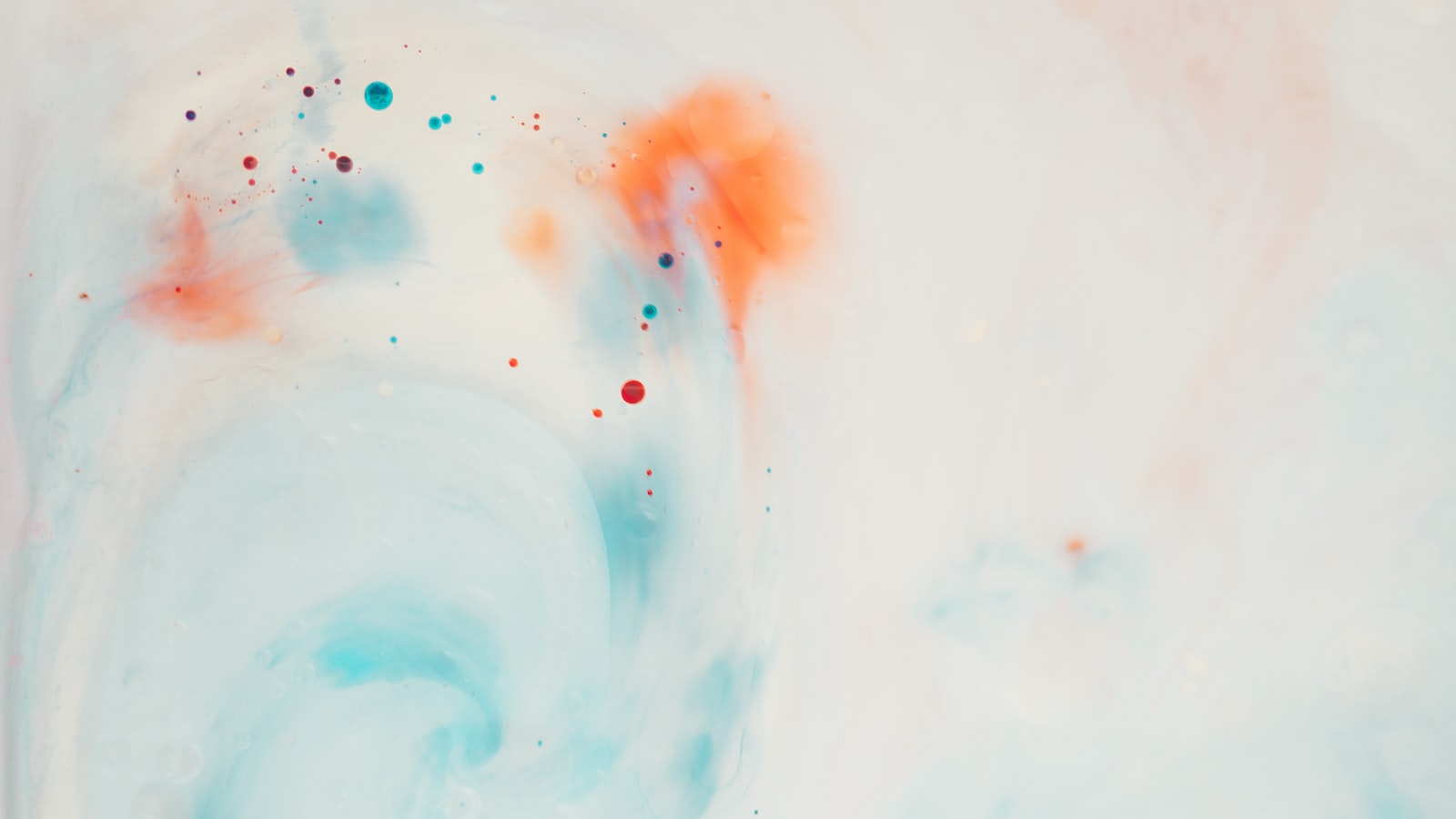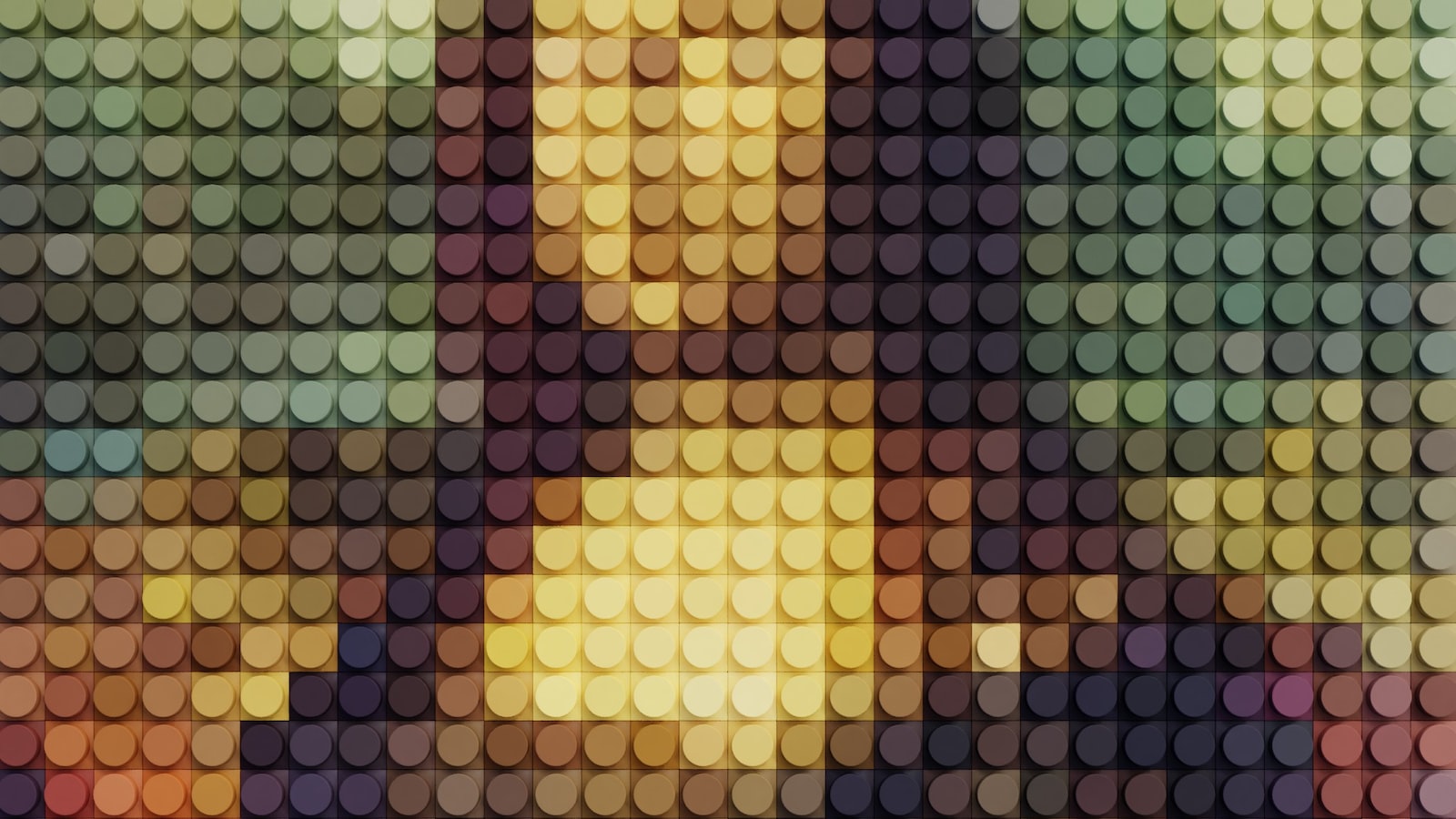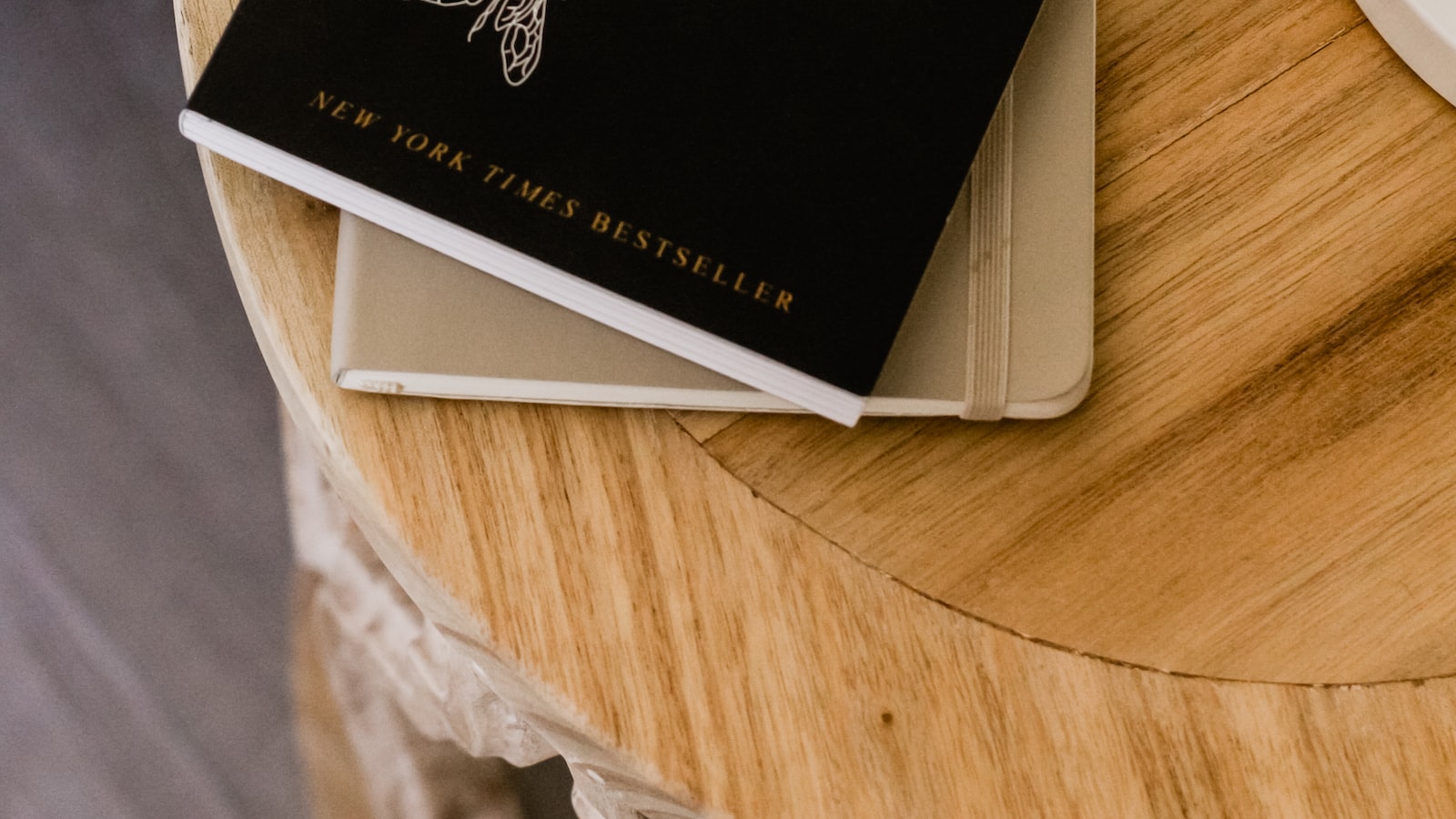We consume music in an entirely different way today than in decades gone by, with much of our listening moving to digital formats. But even in this brave new digital world, cover art still plays a vital role in how we discover and choose music. In this article, we will explore the many ways in which the artwork of a record has changed to fit the digital age, and the new ways it is being used to attract consumer attention.
1. Impact of Cover Art on Music Consumption
Cover art plays an essential role in music consumption. Listeners drawn to the visual representation of music can easily identify and connect with an album or song. Cover art can often be indicative of the music’s sound, providing potential customers with an insight into the aesthetic of the project.
The impact of cover art can be profound, with land-grab style visuals and creative artwork often helping to differentiate one artist from another in a competitive space. Moreover, albums or songs with eye-catching visuals tend to be more likely to be opened and listened to than those without. The captivating images can draw in curious potential consumers, inspiring them to give an artist a new chance.
- Cover art can help differentiate an artist from sport their competition, setting their visuals apart from the others
- Eye-catching visuals can draw in curiosity, inspiring potential consumers to try out an artist they have not heard of before
- Visuals can provide an insight into the aesthetic of the project

2. Exploring the Benefits of Digital Artwork
The Impact of Digital Artwork
Digital artwork has been used more and more frequently in recent years. Digital artwork has the advantages of being easier to share with others, having the capability to be completely changed and customized, and being more cost-effective than physical artwork.
For example, digital artwork allows artists to create almost any kind of design. From pushing the boundaries of color and texture to manipulating shapes to create the perfect piece of artwork, digital artwork offers numerous possibilities. Additionally, the possibility to adjust the design in real-time provides more flexibility and freedom to explore.
Moreover, digital artwork is easily accessible for a wide range of viewers. Through websites, social media, and other digital platforms, digital artwork is much easier to share than physical artwork. Through these means, the consequences of this type of artwork can be seen more quickly.
In conclusion, digital artwork provides an array of benefits for artists, viewers, and businesses alike. With such advantages, digital artwork has been increasingly welcome in many areas of creative production and marketing.
The Advantages of Digital Artwork
Digital artwork provides an efficient and cost-effective way of creating stunning visuals. With a wide selection of tools and technologies, digital artwork can be created almost instantaneously. Additionally, the accessibility of digital art makes it easier for many people to appreciate and enjoy the artwork.
Digital artwork also has a wide range of advantages for marketers. Digital artwork is easy to combine with other images, text, logos, and other design elements to create compelling and engaging content. This increases the presence of a brand on different platforms, raising awareness and increasing sales.
Moreover, with digital artwork being so easy to edit and change, many businesses use it in their campaigns and advertisements to quickly create and test new ideas. From billboards and signs to website design and email campaigns, digital artwork can be used almost anywhere.
Overall, digital artwork has become an essential component of many businesses’ marketing strategies. With its advantages in flexibility, efficiency, and cost, digital artwork is likely to be used more and more frequently in the future.
3. Strategies for Maximizing Artwork’s Reach
Sharing Artwork Around The Web
It’s important to ensure that your artwork reaches as wide of an audience as possible. The following strategies can help you spread the word quickly and efficiently:
- Share artwork on multiple social media platforms.
- Email family, friends and members of the art community regularly.
- Mention the artwork in blog posts and other written communication.
- Collaborate with other creatives to produce new work and reach their audience as well.
An often overlooked tactic is adding a link to your artwork on forums or discussion threads related to the piece. This greatly increases the chances of being discovered by a relevant audience and getting the engagement it deserves. There are countless other methods of distributing artwork such as creating video galleries, holding competitions, participating in art shows, and more. What’s most important is to be creative and actively engage in building your own following.
4. Maximizing Return on Investment in Cover Art
Investing in cover art can be an effective way for businesses to get more visibility online. You can capitalize on the potential of cover art to draw in customers, attract more attention, and increase ROI.
- Focus on Quality: It is important to invest in high-quality cover art and to select the best image for your business. Quality graphics and photographs will generate more interest and attract more viewers.
- Integrate with Social Media: Use social media platforms to promote your cover art. Platforms such as Instagram and Facebook are excellent tools for achieving this. You can also embed the artwork on your website and other web 2.0 platforms.
You can also create a compelling story with the cover art. This can be done by connecting your visuals to messages or stories that are relevant to your brand. The bridge you build between visuals and the story will draw attention to your business. Posting artwork regularly is also key in keeping customers engaged.
The cover art of a digital album can be considered the visual grouping – a visual representation of the sound contained within it. It is no wonder why creatives in the music industry are investing in the art to fully leverage the project. With the ever growing possibility of digital music distribution, careful consideration of cover art is just as important as any other aspect of the project.

